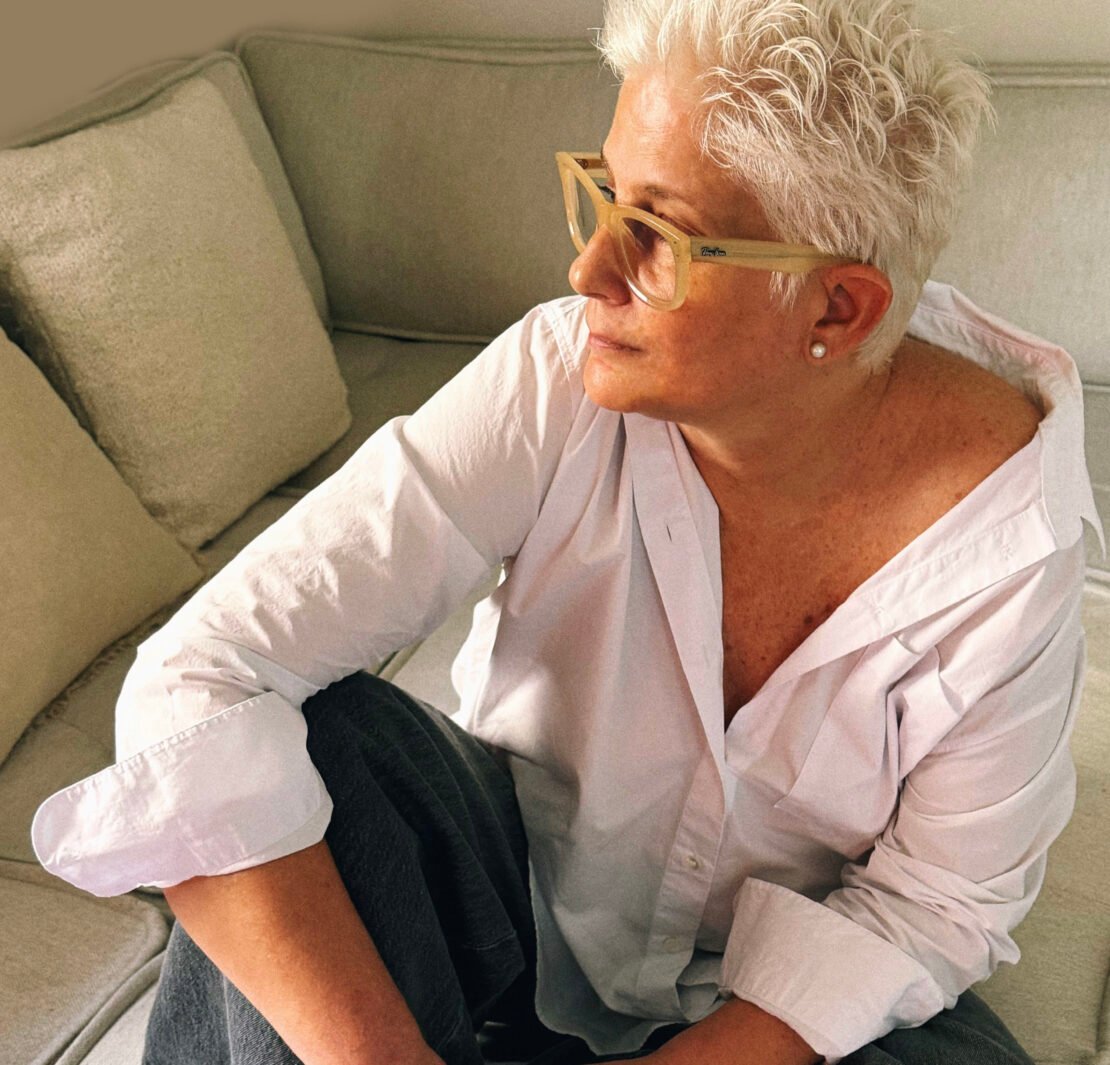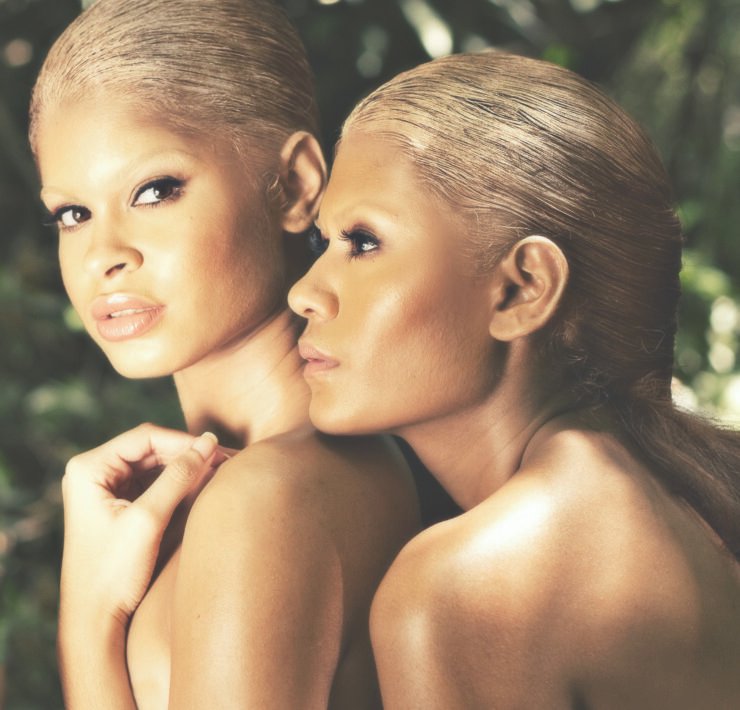Charisse Parsons does not dabble in pretentiousness.
Before preparing to write this story, the last time I had a proper conversation with the interior architect hyphen design consultant hyphen philanthropist (she’ll cringe at this term, I’m certain), was in 2016 at the Hyatt hotel, where she made sure to mention that she was, as a matter of fact, not a fan of my red lipstick (the shade was Fatal Attraction by Sacha, I believe). We sat together outside on a breezy February afternoon, just a few feet away from the water’s edge, the salty air blending with the smell of a nearby burger, and chatted at length about her work, The Shop at the [Hotel] Normandie, and her passion for Trinidad & Tobago.
Then life happened.
Now, almost 10 years later, we sat together again – this time on her balcony, coffee in hand, while she talked to her plants (“I talk to them every morning, with love and encouragement”). So much has happened to and for us, each in our own disparate worlds; yet, I can’t help but note the similarities. Our conversation flits easily among topics of illness, pain, the emotional labour of being a caregiver, building community, being South girls, the realities of Trinidad’s fashion industry, and the ways we hope to impact our country.
Of course, Parsons is no stranger to impact. For decades, she has been a major patron of Trinidad and Tobago’s arts and culture scene, albeit quietly. But now, in her next act, her impact becomes more legible as she undertakes something that is decidedly more weighted with social wellness, food security, and family legacy.
Below, she shares her story, in her own words…
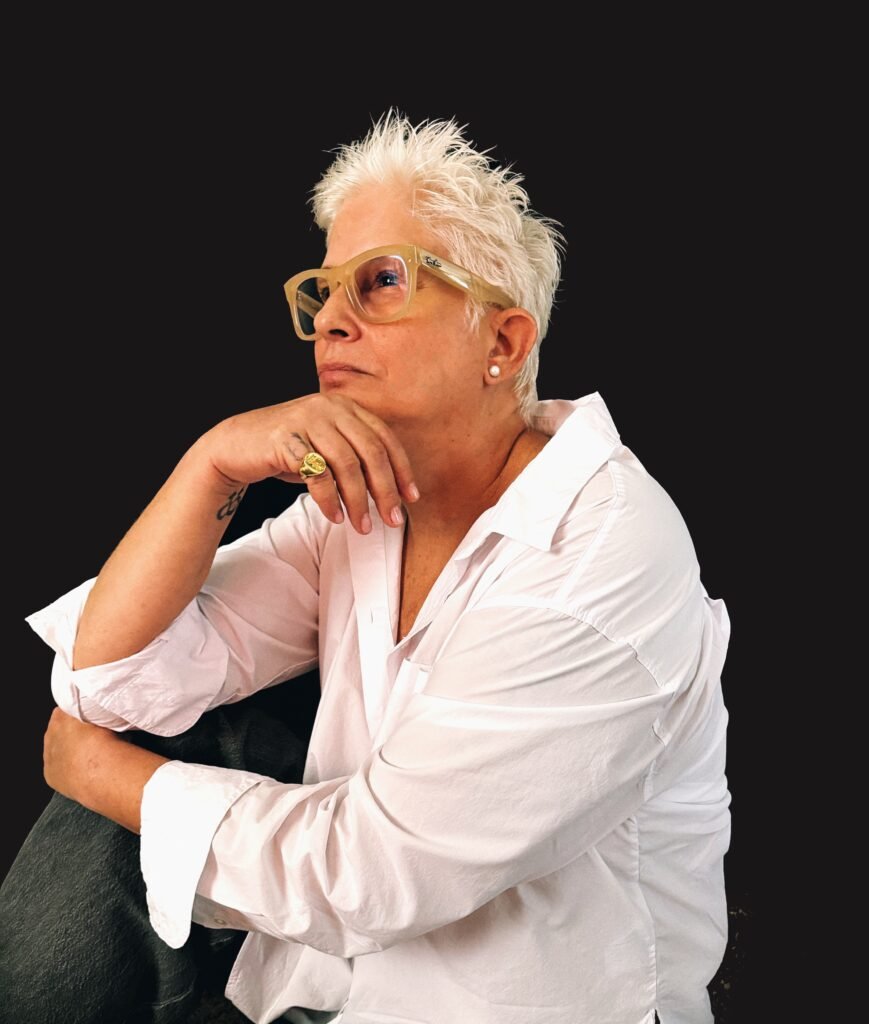
My path in life has always been one of service — lifting others before myself. Guided by compassion and purpose, I’ve sought to create community, belonging, and hope. From my family’s 76 acres of generational estate in St. Joseph grew A Horizon of Hope — a wellness development rooted in sustainability, dignity, and opportunity. 16 acres will be cultivated by local farmers, offering not charity, but empowerment and pride.
My mother, Bernadette Anderson Parsons, was a founding member of the Alzheimer’s Association of Trinidad and Tobago. Caring for her through dementia taught me that caregiving must be done with gentleness and respect for the life lived. To honour her, I’ve dedicated eight acres to a retirement community — spaces for our elders to live socially, garden freely, and remain connected to life and love.
…It’s conscious living.
A Horizon of Hope emerged from the belief that true development must restore spirit as much as it builds structure. It fuses legacy, wellness, and sustainability, transforming family land into a tribute to resilience and renewal. It is proof that from struggle can come vision, and from faith can come rebirth. It’s more than a development – it’s conscious living.
How did you go about creating A Horizon of Hope?
This vision took shape through years of introspection and persistence. It required me to look beyond the familiar and to imagine what my country could become if we treated the land not as a commodity, but as a living partner. Every acre of A Horizon of Hope is designed with intention, to cultivate food, foster community, protect nature, and encourage harmony between the built and the natural world. It also represents my family’s lineage, generations of strength, resilience, and service. The land itself carries the memory of those who came before me, and so this creation became both a tribute and a continuation. I wanted to transform our inheritance into a legacy that would serve others, something timeless, something healing.
How is the need for this space more relevant than ever?
We live in a time of disconnection and exhaustion. This project responds with balance, sustainability, and renewal — a way of living that nourishes people and the planet. It shows that progress can honour both economy and environment. I envision Trinidad and Tobago becoming known not just for oil and gas, but for eco-wellness, regenerative living, and sustainable tourism. It isn’t just a place to live; it’s a way to live. It is about creating an environment where people can breathe easier, eat from the soil beneath their feet, and rediscover their connection to nature and to themselves. Equally important is the fact that this project creates another avenue of national growth and another avenue of revenue. I see A Horizon of Hope as a new economic and emotional frontier, one that helps our beloved country rediscover its own heartbeat.
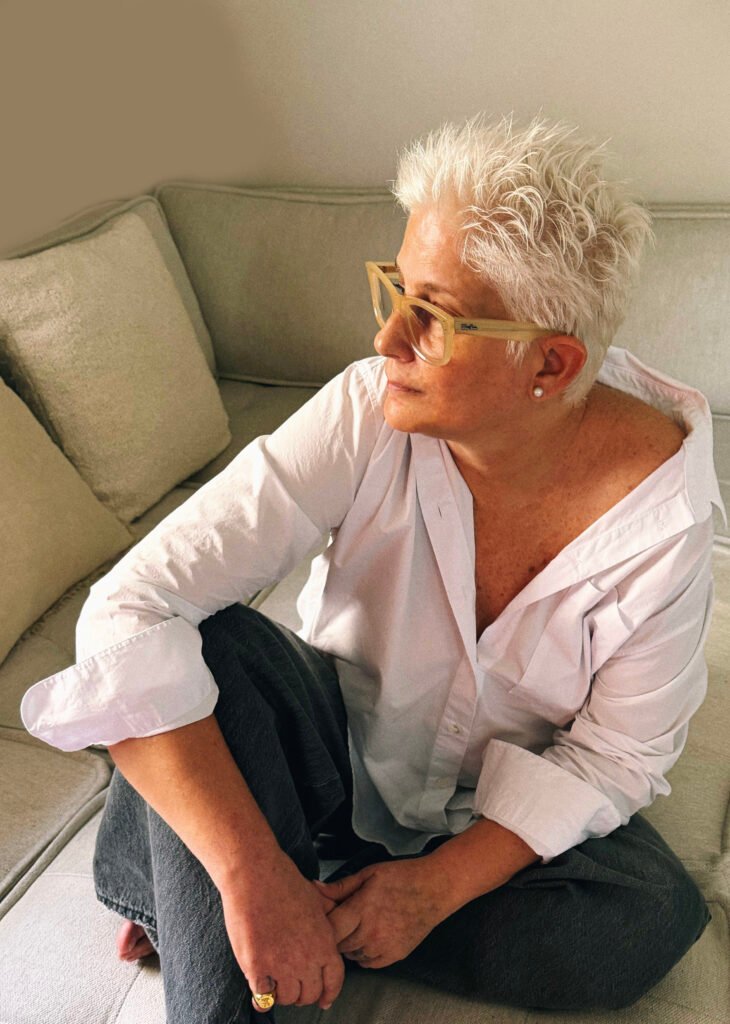
There is no currency for the soul that art demands.
What many do not understand is that creativity has no price. There is no currency for the soul that art demands. We, as artists, are often misunderstood, often undervalued, and yes, often abused. It is heartbreaking, because after you’ve nurtured it from the depths of your being, you can be left in a place of deep, unspeakable loss. My journey has not been without trials. I have faced noise, envy, calculating betrayal, and shadowed talk, things that would have broken a lesser spirit. But I endured because the foundation of my journey is built on faith, unshakable, enduring faith.
Whose eyes/ears/opinion do you trust when creating something?
When I create, I seek out the eyes of those who see beyond the obvious, people who understand feeling and intention. But ultimately, the only compass I trust completely is my own intuition. Creativity is sacred. It’s deeply personal and often invisible to others until it’s fully formed. I’ve learned that not everyone can see what you see and that’s all right. The vision is given to you for a reason for when something aligns spiritually, emotionally, and aesthetically, you can feel it resonate like truth. That inner alignment is my guide, my reassurance that what I’m creating is real.
What was your toughest moment in your career?
The most difficult moments of my journey were never about my career, they were about endurance, faith, and the cost of holding onto a vision when the world around you begins to doubt it. My toughest trials came when caring for my mother while managing my career — a season of exhaustion and isolation that revealed my strength. Those hardships refined me, deepening my empathy and sharpening my vision. It was an emotional tightrope. In those moments, I learned that loneliness can be both a wound and a teacher.
Tell us about any personal struggles that shaped who you are today…
For the first time, I will speak openly about an experience that profoundly shaped me. Nearly twenty-five years ago, I faced something few understood — pain medication addiction, born not from choice but from years of undiagnosed illness. In trying to manage relentless pain, doctors prescribed countless medications until my body quietly became dependent on one opioid. It dulled both physical and emotional pain — until I decided: this ends now.
Withdrawal was agony. My body convulsed, my limbs felt foreign, and I was rushed to the hospital, certain I was dying. For months afterward, I lived in fear and sickness, praying constantly for God to show me He was near. One morning, He did — I stood, briefly strong, and knew: I am here. Keep going.
Later, I was properly diagnosed with fibromyalgia. There is no cure, but I’ve learned to coexist with the pain through faith, mindfulness, nutrition, and balance. Healing, I discovered, isn’t the absence of pain but the presence of peace. Now I help others living with invisible illness understand that true healing is alignment—mind, body, and spirit. To anyone struggling, I promise: there is life beyond suffering. With faith and perseverance, there is always a way through.
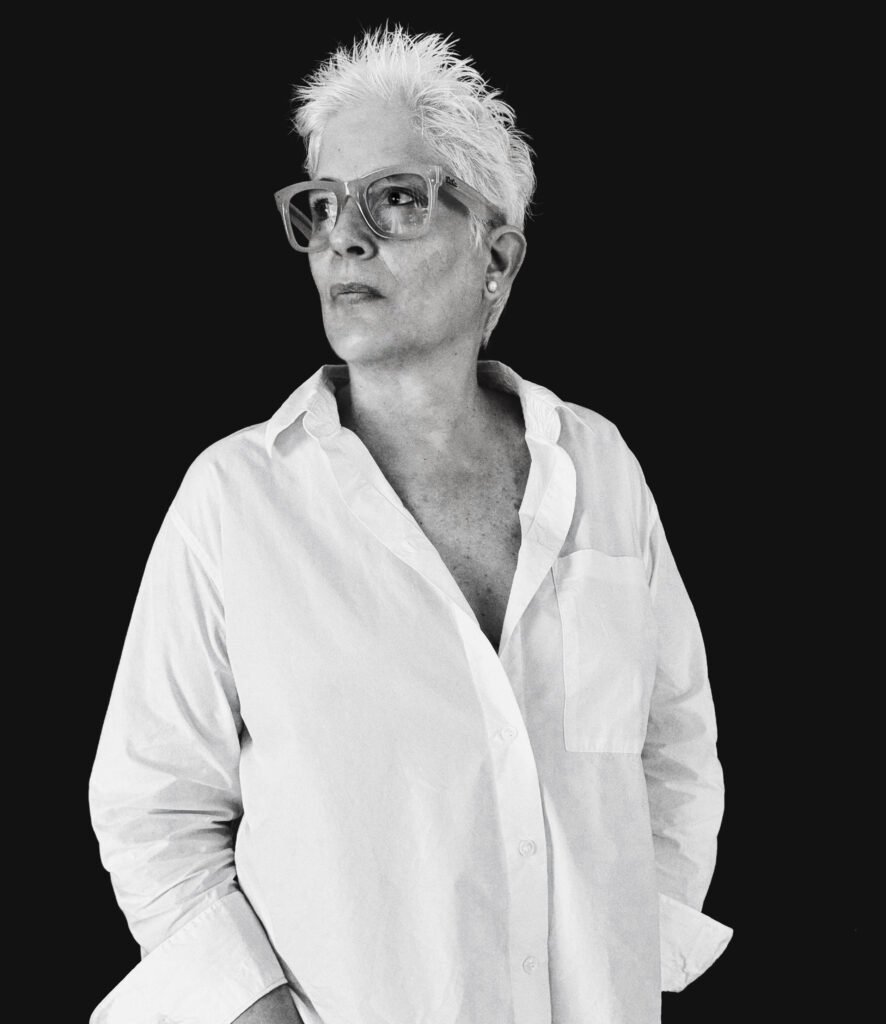
How do you express your activism?
I have always believed that I was created to create, to bring form and feeling to projects that can heal. For me, activism is not loud; it is steady. It is the quiet and consistent act of changing lives, of building systems that nurture, environments that sustain, and opportunities that empower. Whether through my eco-wellness development or through my mother’s legacy of feeding children, my activism has always centred on one truth, that hope is a form of service. My work is about enabling others to live with self-worth, to rediscover connection, and to believe again in the possibility of a kinder world.
What was the most memorable thing your mother told you?
I got closer to my mother later in my life which are my most treasured years. She once told me that I had a special warmth, a rare light, and the ability to offer hope wherever I went. Those words are etched into my spirit. They remind me daily of the sacred responsibility I carry: to ensure that every project I create, every act of giving, and every challenge I overcome is not born of ambition, but for the good of others.
Everything I build is an extension of her legacy of love in motion.
She also instilled in me that kindness is never wasted, and I have built my life around that truth. There is hardly a thing that anyone asks of me that I don’t try to give or at least to help in some way and because of her, I understand that compassion is not an act; it is a way of living. I have learnt that love must be demonstrated and not just spoken. Everything I build is an extension of her legacy of love in motion.
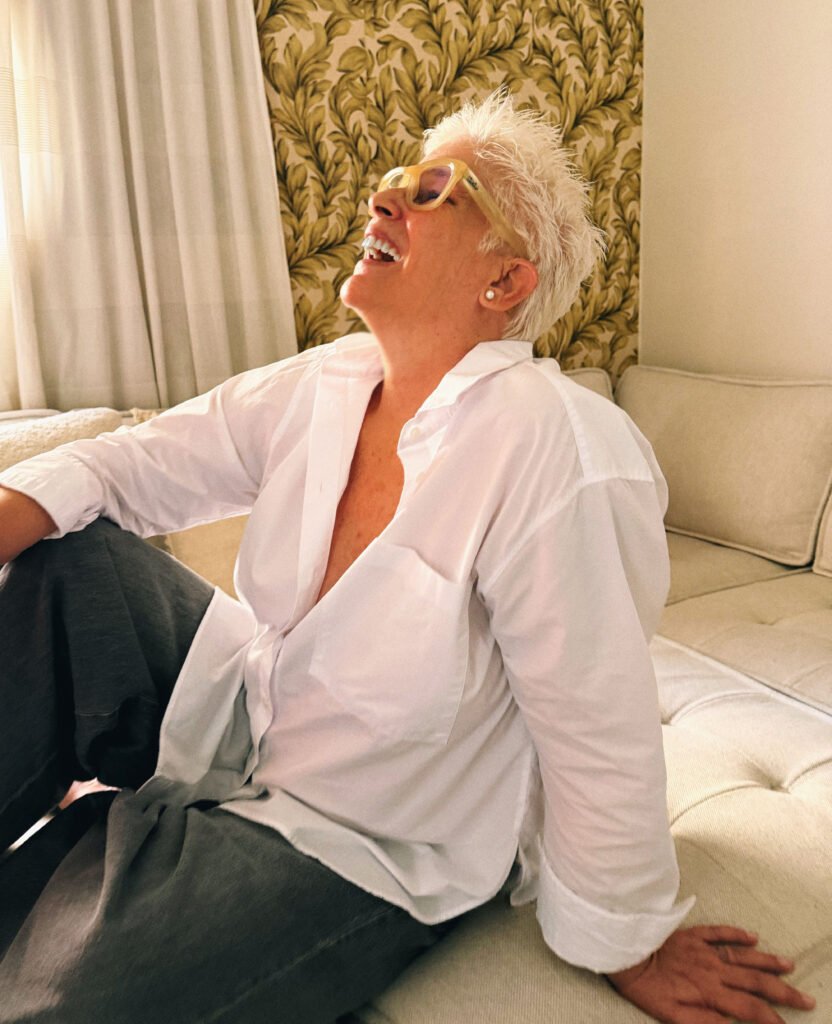
Through A Horizon of Hope and the realisation of its vision, I’ve witnessed a beautiful awakening of new projects rooted in eco-sustainability and renewal emerging across our nation. Some are cultivating agriculture for ecotourism, others are nurturing marine life as part of our environmental future. Together they’re revealing a deeper truth that Trinidad’s true wealth lies far beyond oil and gas.
I am deeply honoured to have helped lead this movement, to have guided the tourism sector, and our beloved Trinidad and Tobago, toward a new avenue of prosperity, one that treasures wellness, nature, humanity, and the soul of our land.

